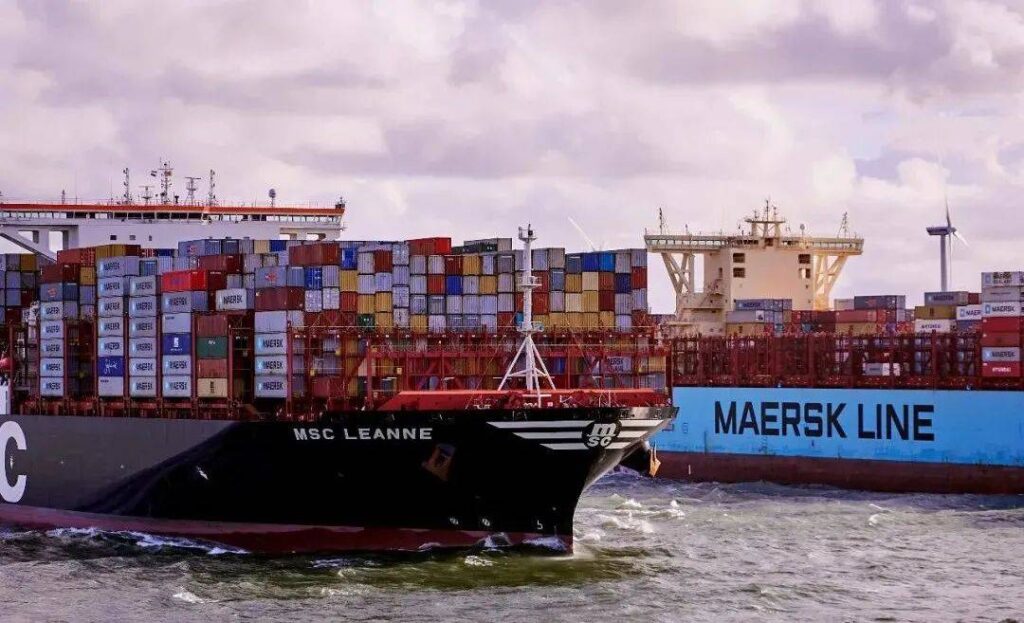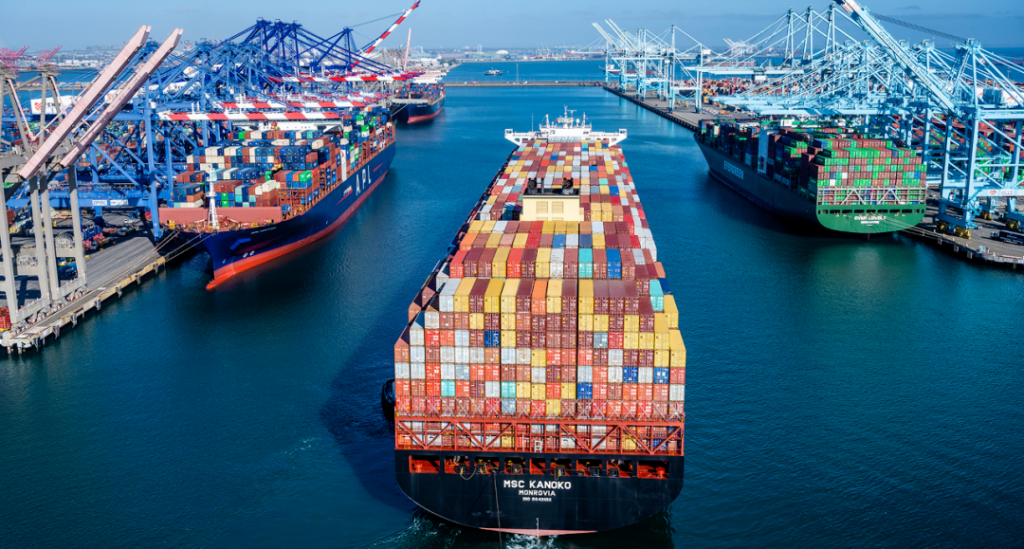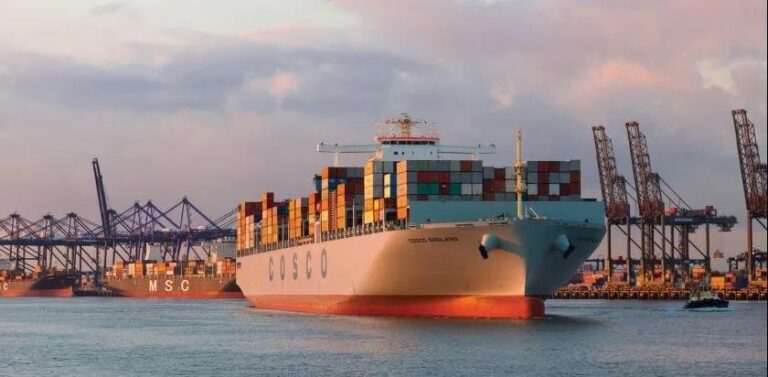The global shipping alliance landscape will undergo a major reshuffle in 2025
In 2025, global shipping alliances will undergo significant changes, forming a new competitive landscape. The main shifts include the dissolution of the 2M Alliance, the independent operations of MSC, and the establishment of new alliances and cooperation agreements.
[Dissolution of the 2M Alliance]
The 2M Alliance, formed by Mediterranean Shipping Company (MSC) and Maersk, will officially dissolve in January 2025. This change marks the end of one of the world’s largest shipping alliances, with profound effects on the global shipping market.
[Independent Operations of MSC]
After the dissolution of the 2M Alliance, MSC will operate independently and introduce a new independent route network. Additionally, MSC will collaborate with the Premier Alliance (PA) on Asia-Europe routes, further strengthening its position in the global shipping market.

[Formation of New Alliances]
Gemini Alliance:
Maersk and Hapag-Lloyd will form the new “Gemini” Alliance, which will begin operations in February 2025. This alliance will integrate the strengths and resources of both companies, enhancing the reliability and efficiency of their shipping services.
Premier Alliance (PA):
The PA Alliance, consisting of Ocean Network Express (ONE), Hyundai Merchant Marine (HMM), and Yang Ming Marine Transport, will collaborate with MSC on slot-sharing agreements for Asia-Europe routes. The formation of the PA Alliance will further strengthen the service capacity on these routes.
Continuation of the Ocean Alliance (OA):
The Ocean Alliance (OA) has extended its cooperation agreement until 2032. The members of the alliance include COSCO Shipping, CMA CGM, Evergreen, and OOCL. The continued stability of this alliance will help maintain balance in the global shipping market.
Changes in the “situation” of Major Shipping Companies
MSC (Mediterranean Shipping Company):
Operating independently will give MSC greater flexibility and autonomy, allowing it to adjust its route networks and capacity more dynamically based on market demand. Additionally, its collaboration with the PA Alliance will further enhance its competitiveness on Asia-Europe routes, offering customers a wider range of service options.
Maersk:
By forming the “Gemini” Alliance with Hapag-Lloyd, Maersk will strengthen its position in the global shipping market, particularly in terms of market share on key routes. The alliance’s focus on high schedule reliability will help boost customer satisfaction and loyalty.
Hapag-Lloyd:
Exiting THE Alliance and forming a new partnership with Maersk presents both opportunities and challenges. This new alliance will enable Hapag-Lloyd to expand its route network and service offerings, improving its market competitiveness.
OA Alliance Members:
The stable cooperation within the OA Alliance will help its members collectively navigate market fluctuations and risk challenges. The extended partnership will also give member companies more time for strategic planning and market positioning.

Impact on the Market and Shippers/Freight Forwarders
Market Impact:
- Increased Competition:
The dissolution of the 2M Alliance and the formation of new alliances such as Gemini and PA will reshape the competitive landscape. Independent operations by MSC and strategic collaborations will intensify competition among major players, potentially leading to more competitive pricing and diversified service offerings. - Service Enhancements:
The focus on schedule reliability, particularly by the Gemini Alliance, is expected to improve the overall service quality, with fewer delays and more reliable transit times. This may reduce disruptions in supply chains, benefitting industries dependent on just-in-time deliveries. - Route Optimization and Flexibility:
MSC’s flexibility in adjusting routes and capacity, coupled with its collaboration with the PA Alliance, could result in more optimized and efficient routes, particularly on Asia-Europe lanes. The extended cooperation within the Ocean Alliance will stabilize service offerings, reducing uncertainties for customers.
Impact on Shippers and Freight Forwarders:
- More Choices, but Potential Complexity:
Shippers and freight forwarders will have more alliance options to choose from, but navigating these changes may initially cause confusion. New alliances mean adjustments to service routes, port calls, and capacity allocation, requiring shippers and forwarders to stay informed and adapt quickly to the new landscape. - Pricing Volatility:
The increase in competition may initially lead to price adjustments as shipping companies vie for market share. However, independent operations, such as MSC’s, may result in more flexible pricing strategies. Shippers and freight forwarders will need to closely monitor market trends to secure favorable rates. - Risk of Overcapacity or Under-Servicing:
As alliances adjust their capacity and routes, there could be short-term periods of overcapacity or under-servicing in specific regions. Shippers and freight forwarders may need to be proactive in managing these risks, potentially exploring alternative carriers or shipping schedules. - Improved Customer Experience:
The enhanced schedule reliability from alliances like Gemini and the extended stability of the Ocean Alliance may lead to better customer experiences with fewer disruptions. Freight forwarders, in particular, may benefit from more reliable schedules, allowing them to better serve their clients and plan logistics more effectively. - Strategic Partnerships and Collaborations:
Shippers and freight forwarders may need to form stronger partnerships with specific carriers to navigate the new competitive environment, especially as individual shipping lines such as MSC gain more autonomy and flexibility. Building strong relationships will ensure better access to capacity and potentially more favorable contract terms.
Overall, the restructuring of shipping alliances will bring both opportunities and challenges to shippers and freight forwarders. Adapting to the changes quickly, staying informed about market shifts, and maintaining flexible logistics strategies will be crucial to navigating the new shipping landscape.





